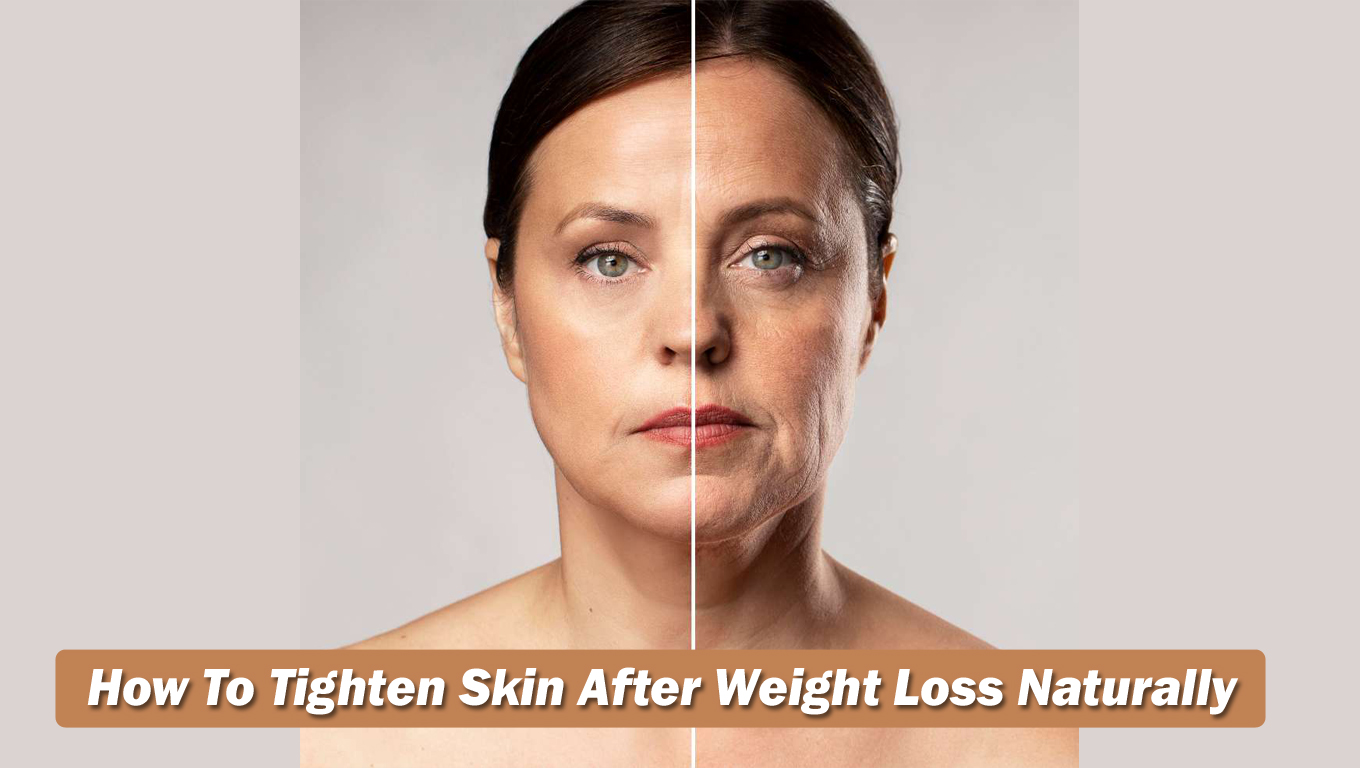How To Tighten Skin After Weight Loss Without Surgery

Losing a significant amount of weight is a triumph, a testament to dedication and hard work. However, many individuals who achieve this milestone find themselves facing an unexpected challenge: loose skin. While surgical options exist to address this issue, they are not accessible or desirable for everyone. Fortunately, there are non-surgical methods that can help tighten skin after weight loss, improving both physical comfort and self-esteem.
This article explores evidence-based strategies for tightening skin after weight loss without resorting to surgery. These methods, ranging from lifestyle adjustments to advanced technologies, offer a range of options for individuals seeking a more toned and contoured physique. The efficacy of each method varies depending on factors like age, genetics, the amount of weight lost, and overall skin elasticity.
Understanding the Science Behind Loose Skin
When the body experiences rapid weight gain, the skin expands to accommodate the increased volume. This expansion stretches the skin's collagen and elastin fibers, which are responsible for its firmness and elasticity. Weight loss, especially significant weight loss, can leave behind excess skin that has lost its ability to retract fully. This is particularly noticeable in areas like the abdomen, arms, thighs, and face.
The skin's ability to bounce back after weight loss is influenced by several factors. These factors include age, where younger skin generally has more elasticity, genetics, the length of time the individual was overweight or obese, the amount of weight lost, sun exposure, and lifestyle choices like smoking and diet. Even with the best efforts, some degree of loose skin may persist, requiring realistic expectations and potentially considering surgical interventions in severe cases.
Non-Surgical Strategies for Skin Tightening
1. Strength Training and Muscle Building
Building muscle mass beneath the skin can create a more toned and filled-out appearance. This increased muscle volume helps to reduce the appearance of loose skin by providing underlying support. Focus on compound exercises that target multiple muscle groups simultaneously, such as squats, deadlifts, bench presses, and rows.
A well-structured strength training program, combined with adequate protein intake, can significantly improve body composition. According to the American College of Sports Medicine, adults should engage in strength training exercises that work all major muscle groups at least two days per week. Consistency is key to achieving noticeable results.
2. Optimizing Nutrition and Hydration
A healthy diet rich in essential nutrients is crucial for skin health and elasticity. Focus on consuming adequate protein to support collagen production, as well as vitamins and minerals that contribute to skin repair and regeneration. Foods rich in antioxidants, like fruits and vegetables, can help protect the skin from damage caused by free radicals.
Proper hydration is also essential for maintaining skin elasticity and overall health. Water helps keep the skin plump and hydrated, which can improve its appearance. Aim to drink at least eight glasses of water per day, or more if you are physically active.
3. Topical Treatments and Skincare
While topical treatments alone cannot dramatically tighten severely loose skin, they can improve its overall appearance and texture. Creams containing ingredients like retinoids, peptides, and hyaluronic acid can help stimulate collagen production, improve skin hydration, and reduce the appearance of fine lines and wrinkles. Sunscreen is vital for protecting the skin from further damage and preventing premature aging.
Consider incorporating regular exfoliation into your skincare routine to remove dead skin cells and promote cell turnover. This can help improve the skin's texture and allow topical treatments to penetrate more effectively. Consult with a dermatologist to determine the best skincare products for your specific skin type and concerns.
4. Non-Invasive Technologies
Several non-invasive or minimally invasive technologies can help tighten skin by stimulating collagen production and improving skin elasticity. These treatments typically involve using radiofrequency, ultrasound, or laser energy to heat the deeper layers of the skin, triggering a healing response that results in tighter, firmer skin. Thermage, Ultherapy, and radiofrequency microneedling are a few examples of these technologies.
The effectiveness of these treatments varies depending on the individual and the specific technology used. Multiple sessions are often required to achieve optimal results, and maintenance treatments may be necessary to sustain the benefits. It's crucial to consult with a qualified and experienced practitioner to determine if these treatments are suitable for you and to understand the potential risks and benefits.
5. Massage and Body Contouring Techniques
Massage, particularly lymphatic drainage massage, can help improve circulation and reduce fluid retention, potentially improving the appearance of loose skin. While massage alone is unlikely to significantly tighten skin, it can complement other strategies by promoting overall skin health and reducing swelling.
Some body contouring techniques, such as dry brushing, are also believed to stimulate circulation and exfoliate the skin. Although scientific evidence supporting the effectiveness of these techniques for skin tightening is limited, they may offer some benefits in terms of improving skin texture and tone.
Conclusion
Tightening skin after weight loss without surgery requires a multifaceted approach. Combining strength training, a healthy diet, effective skincare, and potentially incorporating non-invasive technologies can lead to noticeable improvements in skin elasticity and overall body contour. While results may vary, consistent effort and realistic expectations are key.
Before embarking on any skin tightening regimen, it is advisable to consult with a healthcare professional or a qualified dermatologist. They can assess your individual needs, recommend appropriate strategies, and provide guidance on managing expectations and achieving your desired results.


















